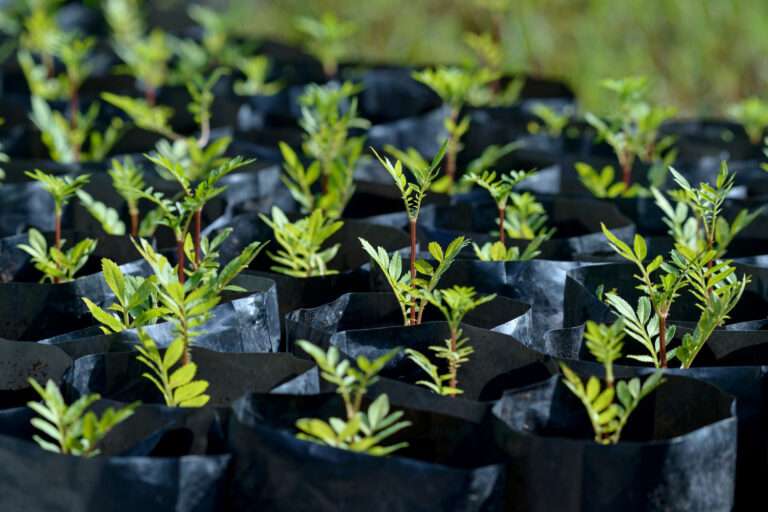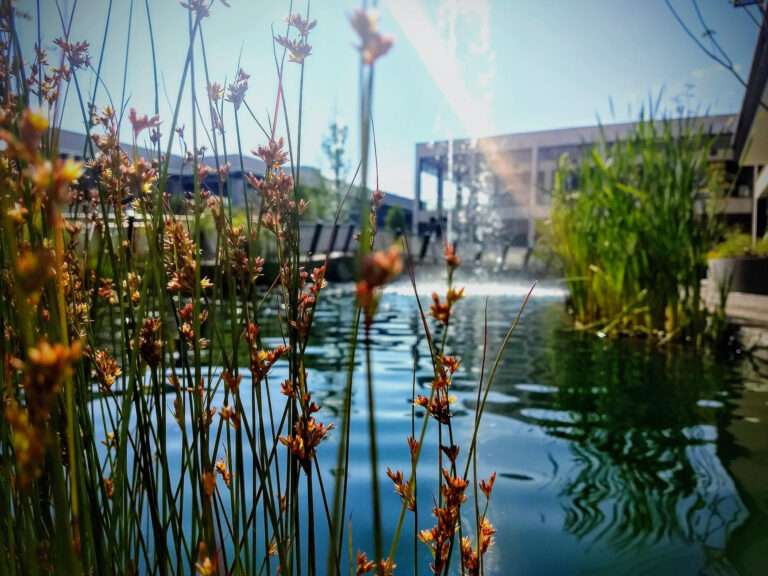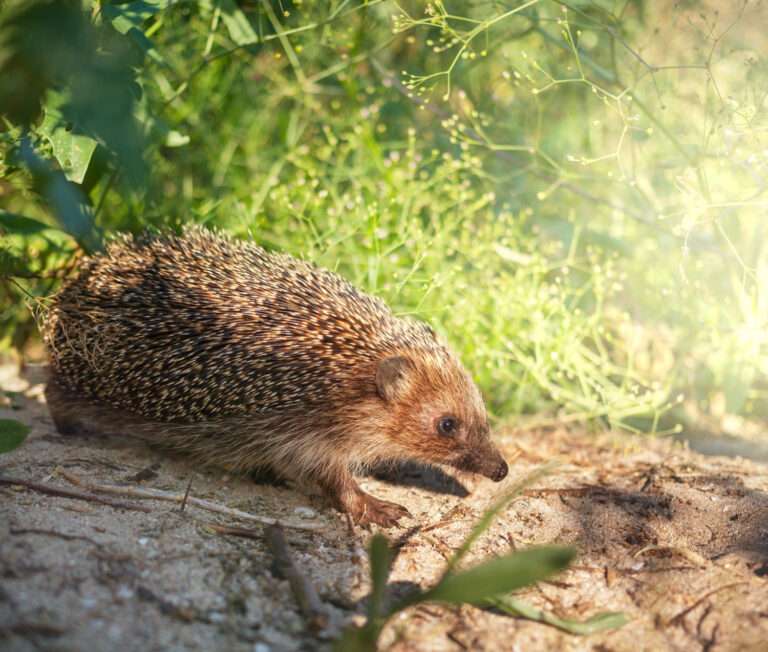What Is a Hibernaculum? A Guide to Winter Shelters for Wildlife
Walk through a British garden in January and it might look lifeless. Bare trees. Frozen soil. A silence broken only by the odd robin. But beneath the surface, in piles of logs, under hedges, inside walls, life is quietly waiting. Dormant, conserving energy, surviving.
Those hidden places have a name: hibernacula.
They’re the winter shelters used by reptiles, amphibians, bats, hedgehogs, and other creatures to get through the cold months. They’re not just random hiding spots, either. A hibernaculum is carefully chosen (or built) to provide the right microclimate — frost-free, safe from predators, damp or dry depending on the species.
And in a country like the UK, with our unpredictable winters and declining wildlife, understanding hibernacula has never been more important.
What Exactly Is a Hibernaculum?
The word comes from the Latin hibernare, “to spend the winter.” A hibernaculum (plural: hibernacula) is simply a shelter where animals hibernate.
That could be:
- A pile of rotting logs and leaves.
- A crack in an old stone wall.
- A purpose-built structure designed for reptiles or amphibians.
- A loft space or cave used by bats.
The common thread? Protection. A hibernaculum shields its occupant from the worst of the weather and from disturbance until spring.
Why Hibernacula Matter
Because without them, many species just wouldn’t make it through winter.
- Reptiles like adders and grass snakes can’t generate their own heat. Without frost-free hibernacula, they’d freeze.
- Amphibians like frogs and newts need damp, cool spots to avoid drying out.
- Hedgehogs lose body fat rapidly if disturbed in winter; safe hibernacula are life-or-death.
- Bats need stable, humid roosts where their body temperature can drop without dehydration.
And it’s not just about survival. Well-designed hibernacula can support local biodiversity, linking gardens, parks, and countryside in a patchwork of safe winter havens.
Types of Hibernacula
Different creatures need different shelters. Here’s a breakdown.
| Species | Preferred Hibernaculum | Notes |
|---|---|---|
| Reptiles (adders, slow worms, grass snakes) | South-facing banks, log piles, rubble heaps | Need frost-free, often communal hibernation |
| Amphibians (frogs, toads, newts) | Mud at pond edges, damp compost heaps, piles of leaves | Must stay moist |
| Bats | Caves, tunnels, barns, attics | Need stable temperature and humidity |
| Hedgehogs | Leaf piles, log stacks, garden sheds, compost bins | Need undisturbed cover, plenty of insulation |
| Insects (butterflies, bees, ladybirds) | Hollow stems, sheds, walls, bark | Less true hibernation, more torpor |
Notice how often “log piles” crop up? They’re simple, but invaluable.
Reptile Hibernacula
Reptiles are the classic example. In the UK, adders, slow worms, common lizards, and grass snakes all hibernate. They favour south-facing slopes, sunny banks, and sheltered piles of rubble or logs.
A reptile hibernaculum is often man-made: a mound of logs, stones, soil, and rubble, with entry points for snakes and lizards. Properly built, these structures stay warm enough and frost-free through winter, then provide basking sites in spring.
If you’ve ever seen dozens of adders emerge from one spot on a sunny March morning, you’ve probably stumbled across a hibernaculum.
Bat Hibernacula
Bats are fussier. A bat hibernaculum must be cool, dark, humid, and undisturbed. Too warm and they burn through fat stores. Too dry and they dehydrate.
That’s why caves, tunnels, ice houses, and cellars are often used. Conservationists sometimes adapt old mines or build purpose-made bat houses, designed with airflow and temperature stability in mind.
Fun fact: some UK bats wake up during mild winter spells to feed, but always return to their hibernaculum to conserve energy.
Hedgehog Hibernacula
Hedgehogs are a favourite in gardens. A hedgehog hibernaculum might be as simple as a pile of leaves under a hedge, or a specially designed hedgehog house tucked into a quiet corner.
The crucial point is that it mustn’t be disturbed. Disturbance can wake a hedgehog, forcing it to burn fat reserves — and with limited winter food, that can be fatal.
If you’re tidying your garden in November, think twice before clearing away that “messy” pile of logs and leaves. It might be keeping a hedgehog alive.
Building a Wildlife Hibernaculum
Good news: it’s easier than you think. Gardeners, schools, even local councils can all create hibernacula.
The Basics
- Use natural materials: logs, branches, stones, soil, leaf litter.
- Create cavities and gaps: space for creatures to crawl in.
- Ensure insulation: soil or leaves piled on top to buffer temperature.
- Position well: sunny banks for reptiles, damp shade for amphibians, quiet corners for hedgehogs.
Step-by-Step Example: Amphibian/Reptile Hibernaculum
- Dig a shallow pit (30–60cm deep).
- Fill with rubble, logs, and stones.
- Add branches, soil, and more logs on top.
- Cover with turf or leaf litter, leaving gaps for entry.
- Position near a pond (for amphibians) or sunny clearing (for reptiles).
It doesn’t need to look neat. In fact, the scruffier the better. Wildlife doesn’t care about garden design magazines.
Hibernacula in Conservation
Across the UK, conservationists build hibernacula as part of habitat creation projects. On road schemes, for example, newt and reptile hibernacula are often constructed before land is cleared, providing alternative shelters when existing habitats are lost.
Large-scale hibernacula projects can link up fragmented habitats, giving species like great crested newts a fighting chance. Done right, they’re a cheap, effective way to boost biodiversity.
FAQs About Hibernacula
Do all animals hibernate?
No. Many birds, mammals, and invertebrates remain active. But species like hedgehogs, bats, reptiles, and amphibians need hibernacula for winter survival.
Can I build one in my garden?
Yes. Even a simple log pile or hedgehog box makes a difference.
Will it attract “unwanted” animals?
Possibly — mice or insects may also use it. But that’s part of a healthy ecosystem.
Do hibernacula need maintenance?
Not really. The less you disturb them, the better. You can add fresh logs or leaves each year if needed.
Hibernacula vs Nests and Burrows
It’s easy to confuse them. Nests and burrows are for breeding and shelter during active months. Hibernacula are specifically for surviving winter, often used communally and with different microclimate requirements.
| Shelter | Used For | Example |
|---|---|---|
| Nest | Breeding, rearing young | Bird nests, squirrel dreys |
| Burrow | General shelter, feeding | Rabbit warrens, fox dens |
| Hibernaculum | Winter dormancy | Frog in a compost heap, bats in a cave |
Tangent: The Silence of Winter
Spend time in a wood in February and it feels dead. No leaves, barely any sound. But it’s deceptive. Under logs, in soil, behind bark, life is packed away. I find that oddly reassuring — that stillness doesn’t mean absence, just pause.
Why Hibernacula Are Under Threat
Two words: habitat loss.
- Gardens are “tidied” into sterile lawns.
- Old stone walls, compost heaps, and scrubby corners are removed.
- Development wipes out natural banks and hollows.
Without rough edges and messy spaces, wildlife loses vital hibernation sites. Which is why creating new hibernacula, even small ones, can have an outsized impact.
The Future: Designing with Wildlife in Mind
There’s growing recognition that housing, roads, and landscaping should include space for hibernacula. Just as bat boxes and bird bricks are now common in new builds, hibernacula for amphibians and reptiles are starting to be standard in larger developments.
It’s a simple principle: if you take away a habitat, replace it. Better still, add new ones.
Final Thoughts
So, what is a hibernaculum? It’s not just a hole in the ground or a pile of logs. It’s a lifeline.
For reptiles, amphibians, bats, and hedgehogs, hibernacula are the difference between surviving winter and not. They’re also something we can all help provide — whether through purpose-built shelters in conservation projects or scruffy corners left in a suburban garden.
The beauty of hibernacula is that they’re simple. Logs, leaves, soil, stone. Low cost, low effort, high reward. And yet, they quietly hold together the cycle of life through Britain’s coldest months.
So next time you see a heap of leaves in November, resist the urge to rake it away. It might not look much to you. But to a hedgehog or a toad, it’s home for the winter.
Killingley Insights is the editorial voice of NT Killingley Ltd, drawing on decades of experience in landscaping, environmental enhancements, and civil engineering projects across the UK.








